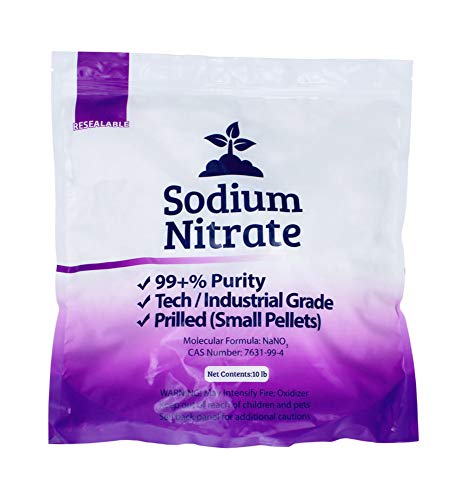You have more process tanks than you need actually, never a bad thing. It would be interesting to hear what the manufacturer suggests you do with those tanks.
Now you recommend the best route.
You will probably skip some tanks.
We can skip. Or use them for more time to Contact with copper.
I have labeled your drawing and posted it here and I will explain how I would proceed.

The smaller room with the filter press is what I consider your waste treatment room. If you do everything correctly, the liquids and solids generated in the waste treatment room should not have payable values other than copper if you can find a buyer.
The room with the tumbler plant is the acid room. This is where the gold alloys are dissolved and recovered, the silver chlorides are separated and retained, and any cemented values are accumulated.
Start by placing the scrap to be refined in the tumbler. It should be in shot form and preferably melted as a single lot so it all is consistently mixed and homogeneous. You know the weight, you know the assay, so you can calculate the expected yield. If at all possible keep the Silver assay under 9% or you will begin to experience more gold retained in your insoluble chlorides.
Add the Hydrochloric Acid according to the spreadsheet and then add 1/3 of the calculated Nitric Acid. As the reaction diminishes, add the second third of nitric, followed by the balance of the nitric as the reaction allows. The peroxide is an option, it will work well without it.
When the reaction is quieted down (ideally overnight) add ice or cold water to cool the acid and limit the silver chloride solubility. Filter the cold acid through your filter (if you only have the narrow paper, use 2 sheets at 90º to each other so the edges of the sheet do not expose the fabric filter support). Use a strainer as I described earlier to collect any insolubles where they are easy to rinse clean and quantify. filter all of the acid through the funnel and discharge into the gold precipitation tank.

rinse the tumbler well to get all of the remaining acid liquid film into the filter. Rinse the filter until a drop of stannous chloride placed on a sample of the paper shows no gold remains. (There will always be some indication of gold but keep it to a minimum and know the papers are saved and eventually processed for values.). Remove the filter papers and rinse the chlorides into a bucket of water for accumulation and processing later. Now rinse under the filter plate so all of the gold retaining acid has passed into the gold precipitation tank.
Add urea to the tank without the mixer running. If you add too much urea and have a mixer running it may foam over so go easy with the urea. Again urea isn't my first choice but without heat and with cold acid there is no option for you. Slowly add urea prills, you will see it fizz and foam up so go easy, when it settles add some more until the emission of gas subsides. At the end, you will see little reaction and the prills of urea, added just a few at a time will float to the surface before dissolving and that is indication the addition is complete. Stir the liquid to make sure it will not foam up.
You now have a solution that has been "de-NOxed" and is ready for precipitation. You will be using sodium metabisulfite to drop the gold. Start the stirring mixer and sprinkle the metabisulfite on the surface, it will darken as gold drops and may blow a little red until any remaining free nitric is consumed. Continue to add metabisulfite to the well mixing solution slowly allowing it to react before adding more. From time to time dip in a glass rod and test to be sure there is still gold in solution until you are experienced enough to notice the color shift from bright green to a dull green. When all of the gold is dropped and tested to confirm, shut the mixer and stir the mud to allow any pregnant acid under the mud to react. Agitate and test again. Now it is time to filter the acid into the funnel.
If you notice on the gold precipitation tank, there are 2 valves visible.

the larger shut off is made to drain the majority of the liquid from the tank into the filter. I prefer to drain the liquid first as it contains no gold and should run quickly through the filter. No sense in filling the filter with gold sponge and pulling all of the base metal laden acid through it. The second smaller valve should drain all the way to the bottom but it doesn't look like it does. Is there a bottom drain to completely drain all of the solids into the filter through? I hope there is or that is something you will be mentioning to the manufacturer as well. You need to allow all of the precipitated solids into the filter (which is why a large diameter bottom hole is hopefully available) then you can wash the gold in the filter as the rinse is pulled through the filter.
Allow the filter to suck the well rinsed gold sponge dry. Solution that was not rinsed clear of the sponge and is allowed to dry on the sponge is a large contributor to impurity.
The liquid from this process, which now shows no indication of gold on your stannous chloride, is pumped into the center tank. This tank should be set up to hang slabs of copper metal which are aerated to keep the solution moving. Look at the link FrugalRefiner sent you about cementing with air to agitate. The air needs to bathe the bar to dislodge any displaced values and expose more clean copper. This tank is used to hold solution for cementation for as long as you can hold it before needing the space for more acid. If you test it and it does not indicate any values, it can be pumped to the waste treatment room. If it still indicates values it can be pumped to the next cylindrical tank where you can add atomized copper powder sparingly and with a mixer (preferably a blade). When this tank is full and testing negative it can also be pumped to the waste treatment room. Any discharge line from either of the copper cementation tanks should be passed through a cylindrical canister filter to catch any fines.
The liquid leaving these tanks should be through the side wall outlet of the tanks and always leaving liquid and settled solids on the bottom. They are collected periodically for processing and that is the only time you will need a filter under the tank to collect all of the values for processing. And processing 20 kg a day the frequency of running the solids cemented will likely be quarterly. Time and experience will determine that.
By filtering properly you should have trapped all of the silver chlorides and collected them on the filter. You should have any larger chunks of undissolved karat sitting on the pre filter screen to easily collect and quantify. you should have all of your filtered and precipitated and rinsed gold on the filter and de-watered enough to melt it, and the solution should be sitting in a tank with copper slabs. Nothing leaving this room if you followed these procedures will be precious metals.
Next post, waste treatment room.

















































































